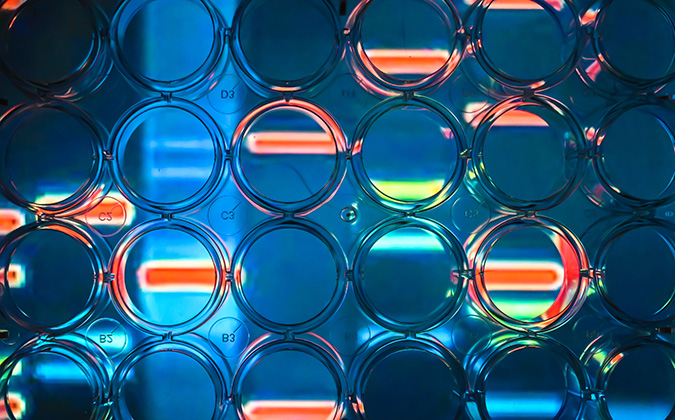
How to balance fish welfare and environmental protection in aquaculture
Fish farmers’ efforts to protect the environment often come at a cost to fish welfare, say scientists at the University of Melbourne, in a new opinion paper.
Writing in the journal Aquaculture Environment Interactions, the researchers pointed out that these conflicts are usually accidental and partly due to the narrow focus of regulations on either the environment or welfare.
Trade-offs in offshore aquaculture
Healthier farmed fish are not just better for productivity than unhealthy ones. They are often also better for the environment, the researchers acknowledged. Less stressed fish need less feed, for example, and so reduce pressure on natural resources.
But there are also clear conflicts between welfare and environmental protection. They gave the example of farms that move further out to sea, which could be to get away from other coastal farms and industries but also as a response to environmental regulations.
Away from other closely packed farms, fish disease is less likely to spread. Deeper waters and faster currents in offshore locations will also help reduce build-up of pollution from farms.
It is harder for farmers to conduct basic husbandry tasks in more distant, harsh-weather exposed sea cages, however. Furthermore, weaker species can become fatigued in strong currents — leading to distress and severe injury as they become pressed against net walls.
Pros and cons of sea lice removal methods
Newer methods of controlling sea lice on salmon provide another clear case of welfare and environmental conflicts, they noted. Chemical methods — chemotherapeutants — to remove sea lice have been in decline since the late 2000s. Evidence emerged that lice were becoming resistant to the treatment, but there were also environmental concerns around the use of chemicals.
But non-chemical methods now widely used on farms also harm fish, they said, with water jets and scrubbing to remove lice causing more injuries and deaths than chemotherapeutants. Cleaner fish — such as wrasse — which are placed in sea cages to eat lice off the salmon are also vulnerable to disease and poor welfare on farms.
Moving forward with a better balance
A better balance between environmental protection and welfare protection is possible, the authors said. New technologies that prevent disease play an important role here. As an example, they highlighted novel plankton mesh or tarpaulin “skirts” or ”snorkels” on sea cages that can reduce sea lice infestations by 55% to 75%.
Major overhauls in management practices are also critical. The shift away from antibiotics in the Norwegian salmon aquaculture industry toward effective vaccines is a clear example that has benefited both fish welfare and the environment, they continued. Although vaccination can be stressful for fish, the benefits of protection against disease outweigh the negatives. Vaccines also address concerns surrounding the release of antibiotics into the environment.
The conflicts are often unintentional and partly explained by the narrow focus of regulations, they argued. Regulations tend to consider either welfare or environment but rarely at the same time.
“Cross-department collaboration between policymakers from welfare and environmental groups is needed to promote conscious discussion around the intertwined welfare−environment trade-offs,” they wrote.
“More conversation will generate the best possible outcomes for the two closely aligned goals of ethical and ecologically sustainable aquaculture.”
They further urged that conflicts are identified as early as possible: “Once recognized, the pros and cons for welfare and environmental outcomes in aquaculture can be considered with the best available evidence on a case-by-case basis.” Where trade-offs are necessary, managers will at least be able to make good decisions “with eyes wide open.”
You can read the full journal article in Aquaculture Environment Interactions.






